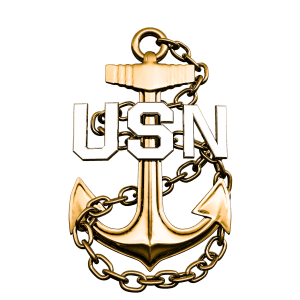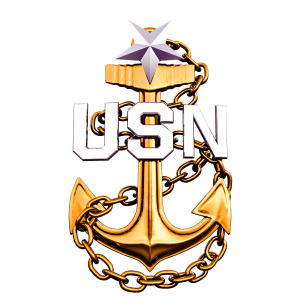r
AMERICAN HISTORY!
SOMETHING YOU MIGHT NOT KNOW!
DID YOU KNOW…that two Navy legends fought a duel with Marines?!
In 1818, two of the Navy’s most famous names, Oliver Hazard Perry and Stephen Decatur, were involved, one as a participant and the other as his second, in a duel that was the culmination of a two year long dispute about Navy discipline and the limits of a commander’s powers.
It was an era when dueling was all too common.
In the late summer of 1816, the USS Java, which Captain Perry commanded, was stopped at Messina, Sicily, when Captain Perry became displeased with what he considered the unsatisfactory appearance and attitude of the ship’s Marines.
Captain John Heath, the Marine commander, added to the problem by responding at least in Captain Perry’s opinion, with what Captain Perry later called, “marked insolence.”
The incident escalated to the point that the two men had words.
Captain Perry allegedly shouted that Captain Heath was a “damned rascal and scoundrel” and had “not acted as a gentleman.”
Captain Perry then summoned 2Lt. Parke G. Howle, the Marine detachment’s second in command, and relieved Captain Heath. In a rash and thoughtless act, Captain Perry, who was known for is short and violent temper, then slapped Captain Heath.
2Lt. Howle stepped between the men and no further blows were exchanged but the damage had been done.
According to a Midshipman Mackenzie, who was aboard the USS Java at the time, the following day was a gloomy one on board the USS Java.
The officers and crew had the most respect for their Commanding Officer, Captain Perry.
Captain Perry realized he had acted in anger, had a fellow officer write to Captain Heath saying that Captain Perry regretted what had happened and was in “readiness to make an honorable and personal apology.”
It was, however, not enough for Captain Heath or the other Marine officer on the USS Java, who thought Captain Perry’s actions had insulted the entire Marine Corps.
On 31 December 1816, a court-martial was convened to hear the charges that had been placed against Captain Heath, namely disrespectful and insolent conduct towards a superior officer, neglect of duty, and disobeying orders, which involved what Captain Perry considered an unacceptable delay in going after deserting Marines.
Captain Heath was found guilty of all but the last charge and was sentenced to receive a verbal reprimand from the Commodore of the squadron.
Captain Perry was also found by the court to have himself used “disrespectful language” toward a fellow officer and to have slapped him.
The incident became a major controversy in the Navy, that made the front page newspaper stories, and even ignited calls that were ignored for a Congressional investigation.
In the summer of 1817, Captain Heath, who had then been dismissed from the service, published a pamphlet about the incident in which he referred to Captain Perry, among other things, as “the slave of the most violent and vindictive passions” who could “descend to acts of revenge and cruelty.”
Captain Perry was also, Captain Heath wrote, filled with “the most consummate arrogance” and “a spirit of the rankest malevolence.”
A duel between the men became inevitable.
As preparations for the meeting began, Captain Perry, who had always opposed dueling, wrote to Commodore Decatur saying that he would meet Captain Heath and stand in the duel, but he would not fire.
He also asked Commodore Decatur to serve as his second, and Commodore Decatur traveled to New York to oblige.
The two men finally met near Hoboken, New Jersey in October 1818, more than two years after the original incident.
Captain Heath and Captain Perry stood back to back, marched five paces each, and wheeled. Captain Heath fired missing Captain Perry who, true to his word, handed his unfired pistol to Commodore Decatur.
Commodore Decatur then approached Captain Heath, told him that Captain Perry had all along intended not to fire and asked if Captain Heath’s honor was not satisfied. Captain Heath said it was.
It was over.
PITCH AND RUDDER SERVICES
Making custom quality challenge coins and Military belt buckles are one of our specialties. If you’re interested in getting a designing a custom buckle or Quality Challenge coin for your Division, Command, or Mess we’ve streamlined the process, click the get started link at the bottom of the page and someone from our design team will be with you within 48 hours to bring your vision to life. When your working with us, we want to be as transparent as possible if you’re looking for shirts, you are going to be working with Chuck’s and his Team, If you’re working with metal you will be working with Grady’s Team.


